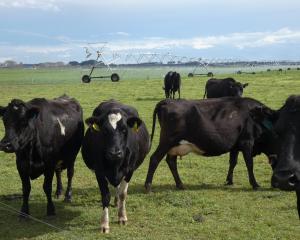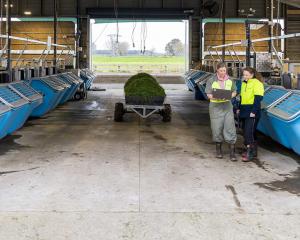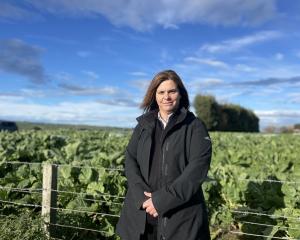Dairy farm and dry stock sales picked up last month after a reported patchy period in the Southland rural estate market, a local farm sales specialist says.
''Although prices are still under pressure, we have begun to see some movement in the sector again,'' PGG Wrightson real estate manager Andrew Patterson said.
''There has also been some indication of lower levels being accepted to help move properties.''
He said most of the interest came from local buyers, with support from the North Island in the dairy sector.
Real Estate Institute of New Zealand (REINZ) sales figures for the three months to the end of November suggested the Southland rural real estate market had continued to be patchy.
An REINZ report said there was some corporate activity for properties in Southland where yields were sufficient to attract investment but that properties had been slow to move in the dairy sector.
In contrast to this there had been strong results in the arable category, particularly on the soil types which were most suitable for that type of farming.
There had also been steady activity in the finishing and grazing categories.
The story was the same in Otago for on-finishing and grazing units, although a number of the sales were for smaller properties.
REINZ rural spokesman Brian Peacocke said climatic conditions last November continued to benefit most of the rural sector with widespread rain and warm temperatures creating abundant pasture growth across the country.
There had been considerable concern about the impact on sales of larger properties as a result of an apparent change in Overseas Investment Office criteria for land purchases by overseas buyers, although they commented that the sale of a larger wine-producing company in Central Otago to a dominant overseas investor was indicative of an outcome for those with patience, perseverance and the funding required for the consent process.
Overall there were 20 more farm sales throughout New Zealand (+6.3%) for the three months ended November 2018 than for the three months ended November 2017.













